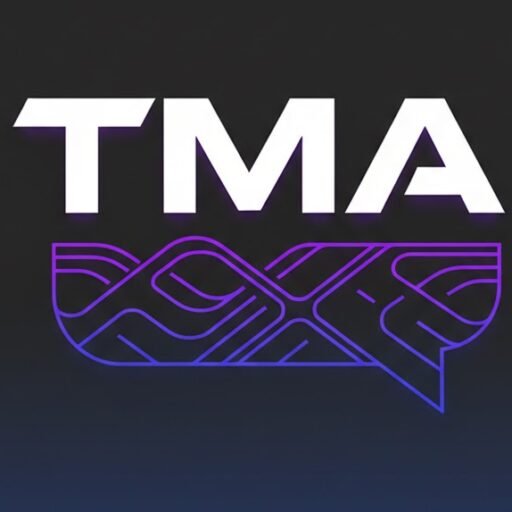Stellar’s Chainlink Integration: A Gateway to RWA Dominance?
Strategic Alliance
Stellar’s decision to integrate Chainlink’s suite of services – including the Cross-Chain Interoperability Protocol (CCIP), Data Feeds, and Data Streams – is nothing short of a strategic masterstroke. By joining the Chainlink Scale programme, Stellar is granting its developers and institutions access to infrastructure that currently secures over $100 billion in total value locked (TVL) across various DeFi protocols. This move directly addresses the demand for secure and reliable financial infrastructure necessary to scale the real-world asset (RWA) market.
Timing is Everything
The timing of this integration is particularly astute. Stellar’s Q3 2025 performance speaks volumes: a staggering $5.4 billion in RWA transaction volume, a 700% quarterly surge in smart contract invocations, and a 37% increase in full-time developers. These metrics are not mere vanity figures; they indicate a vibrant ecosystem hungry for institutional-grade tools to bridge the gap between traditional finance and blockchain.
CCIP: The Cross-Chain Catalyst
Chainlink’s CCIP is the key that unlocks cross-chain functionality for Stellar developers. The ability to move assets across blockchains without rewriting smart contracts streamlines complex operations such as cross-chain lending and yield farming, condensing them into single, atomic processes. Combined with Chainlink’s Data Feeds and Data Streams, which provide real-time, trusted pricing information, Stellar is equipping its ecosystem with the tools necessary to handle significant capital flows with confidence.
The $2 Trillion Prize
The stakes are high. Analysts predict a potential $2 trillion DeFi tokenisation boom by 2028, fuelled by demand for tokenised equities, funds, and stablecoin-based money market products. Stellar’s proactive integration of Chainlink positions it to capture a significant share of this burgeoning market, particularly as Wall Street institutions increasingly explore the potential of tokenised assets. The move demonstrates a clear understanding of the evolving landscape and a commitment to providing the necessary infrastructure for institutional adoption.
LINK’s Technical Outlook: A Bullish Rebound or Fleeting Relief?
Price Action Analysis
Amidst the fundamental tailwinds, LINK’s price action demands a closer look. A recent 3.6% rebound saw the token climb to $16.96, driven by institutional buying near key support levels. However, weakness during US trading hours pushed the price back below the $17 mark, highlighting the need for sustained momentum. Key support now lies at $16.37, with near-term upside targets at $17.46 and $18.00.
Technical Indicators
Technical analysts suggest that LINK is potentially emerging from an oversold condition. The Relative Strength Index (RSI) recently indicated fading bearish momentum, while Bollinger Bands positioned LINK near the lower band, a potential signal of a reversal. A 78% volume surge during the breakout further confirmed institutional participation, although some short-term profit-taking was observed.
Near-Term Projections
Looking ahead, analysts predict that LINK could trade between $16.77 and $18.79 in November 2025. A sustained break above key resistance levels could potentially pave the way for a move towards the $20-$25 range. However, broader market sentiment and sustained institutional buying interest around current support zones will be crucial factors in determining LINK’s trajectory.
Conclusion: Chainlink’s Expanding Enterprise Footprint
Beyond Price Volatility
Despite recent price fluctuations, Stellar’s integration of Chainlink serves as a powerful testament to the ongoing enterprise adoption of Chainlink’s technology. It signifies that while price volatility may capture headlines, the underlying value proposition of secure, reliable data feeds and cross-chain interoperability remains highly sought after by institutions and developers alike.
The Road Ahead
Whether LINK can sustain its rebound depends on a complex interplay of factors, including broader crypto market dynamics and the continued influx of institutional capital. However, the fundamentals are undeniably strong. Chainlink is cementing its position as a critical infrastructure provider in the burgeoning RWA tokenisation market, and Stellar’s integration underscores the growing confidence in Chainlink’s ability to facilitate the seamless integration of traditional finance and blockchain technology. As the crypto landscape continues to mature, Chainlink’s role as a trusted bridge between the old and the new is likely to become increasingly pivotal.






